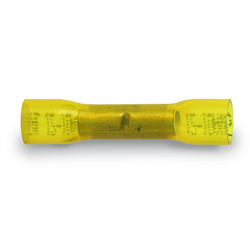Spent sometime this past weekend replacing several more MC4's. Out of the ones I replaced I only found 2 more that showed considerable corrosion. They were on the first set of feeder PV wire I bought from an Amazon retailer back 5-6 years ago that I used to bring in power to a micro grid tie "pirate" setup I had back then. That did not last for long and the PV wire was then put into service on my #1 Array that has seen quite a few changes. I had not noticed any problems with them in terms of how they worked but I expect it was only a matter of time until they failed with the level of corrosion they have.
One thing after doing this that comes to mind is; I wonder how many solar installations that folks have that have bad MC4's and they do not know it?
One thing after doing this that comes to mind is; I wonder how many solar installations that folks have that have bad MC4's and they do not know it?







